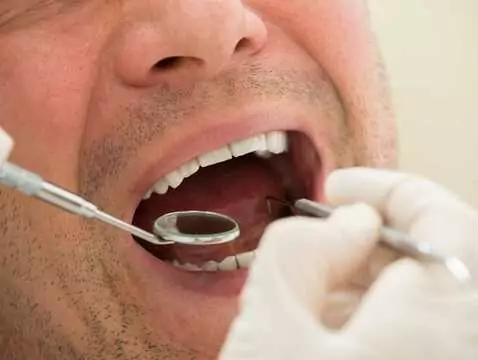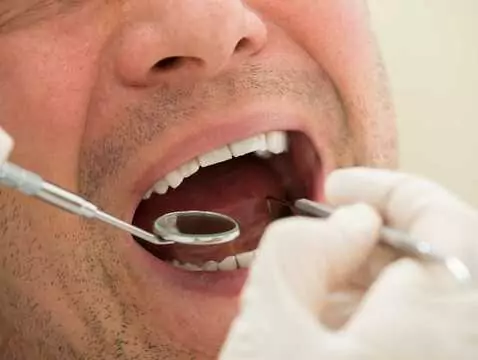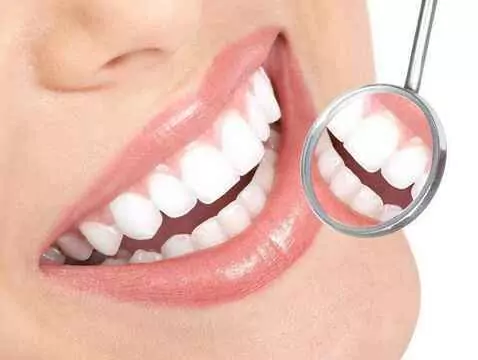Unsightly tartar can appear on anyone's teeth. Is it harmful? Should we remove it? How much does it cost? We have gathered advice in one place.
Ad:
Tartar? You can remove it
mgr Agnieszka Budzyńska
You can read this text in 2 min.

PantherMedia
Dental treatment at the dentist








